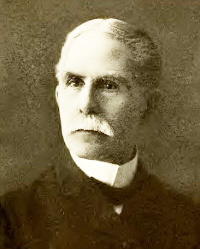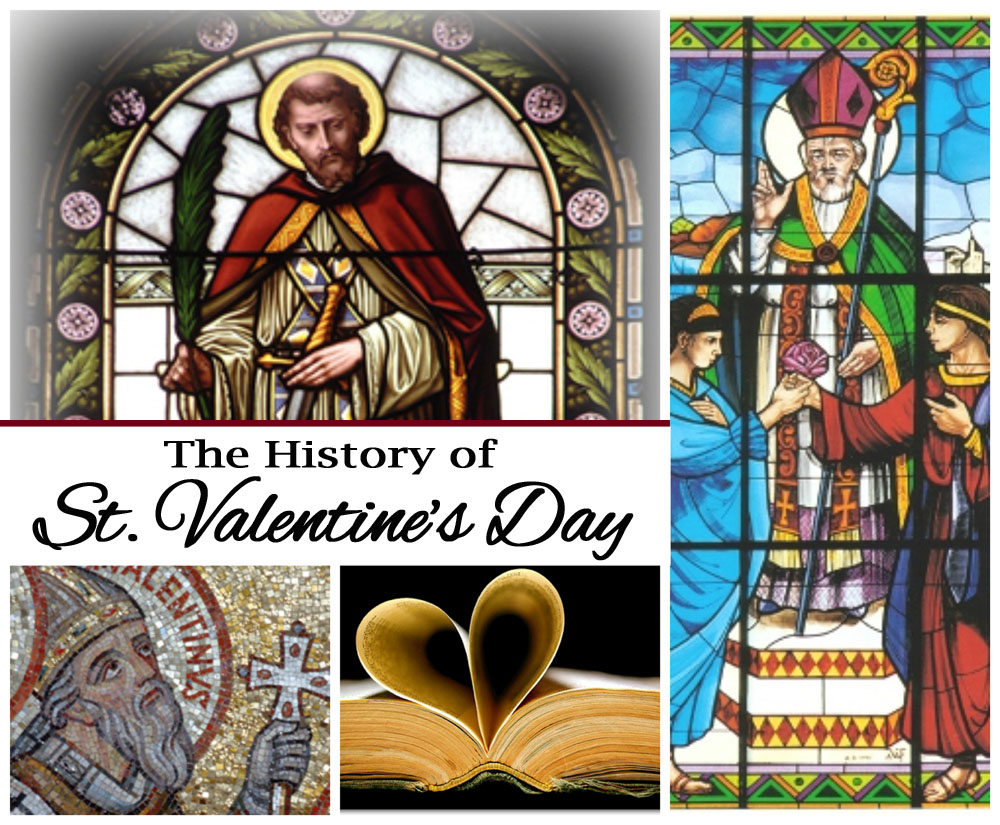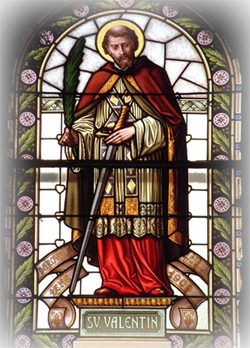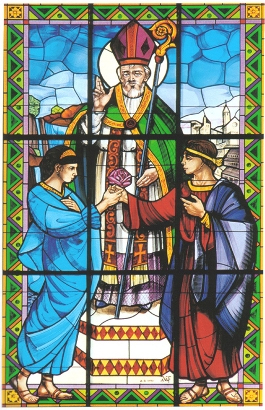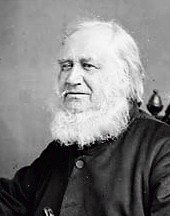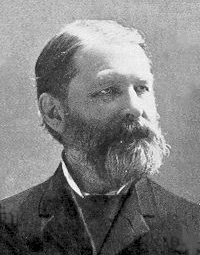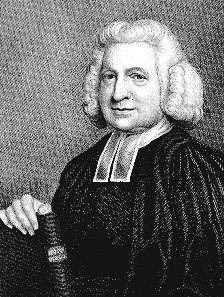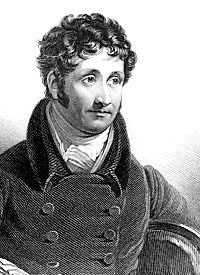http://www.celebratingholidays.com/?page_id=11216
Words and Music “Washed in the Blood” by Elisha Albright Hoffman, 1878
Elisha A. Hoffman was born in Pennsylvania to German parents. His father served as a pastor for over 60 years, and this probably influenced Elisha’s decision to enter ministry. After attending public schools in Philadelphia, Elisha went on to study classics at Union Seminary. He was ordained as a minister in 1868, and he pastored for many years at churches in Ohio, Illinois, and Michigan.1 As a pastor, Elisha was committed to drawing his people into worship, and during his lifetime, he composed over 2,000 hymns. He also helped to edit numerous music publications.2
Though Elisha did not have any formal training in music, he grew up in a home that was full of sacred song. Singing hymns was a regular part of his family’s daily worship and devotion time.3 From a young age, Elisha demonstrated a natural gift for music, and he developed a deep love of hymns. By age eighteen, Elisha had composed his first hymn.
Unlike many popular hymns, Elisha is the author of both the words and music. Music historian Jacob Hall records, “When a melody is born in his soul, appropriate words seem to be immediately associated with the melody; or, when a conception in his mind crystallizes into a hymn, usually there is present the suggestion of a melody that will give adequate and fitting expression to the mental conception. There are exceptions, but this is the rule which governs him in his musical writings.”4
In addition to Elisha’s popular song, “Are You Washed in the Blood,” other favorites include “What a Wonderful Savior,” and “Down at the Cross.”
Lyrics for “Are You Washed in the Blood?”:
Have you been to Jesus for the cleansing power?
Are you washed in the blood of the Lamb?
Are you fully trusting in His grace this hour?
Are you washed in the blood of the Lamb?
Are you washed in the blood of the Lamb?
Are you fully trusting in His grace this hour?
Are you washed in the blood of the Lamb?
Refrain
Are you washed in the blood,
In the soul cleansing blood of the Lamb?
Are your garments spotless? Are they white as snow?
Are you washed in the blood of the Lamb?
In the soul cleansing blood of the Lamb?
Are your garments spotless? Are they white as snow?
Are you washed in the blood of the Lamb?
Are you walking daily by the Savior’s side?
Are you washed in the blood of the Lamb?
Do you rest each moment in the Crucified?
Are you washed in the blood of the Lamb?
Are you washed in the blood of the Lamb?
Do you rest each moment in the Crucified?
Are you washed in the blood of the Lamb?
Refrain
When the Bridegroom cometh will your robes be white?
Are you washed in the blood of the Lamb?
Will your soul be ready for the mansions bright,
And be washed in the blood of the Lamb?
Are you washed in the blood of the Lamb?
Will your soul be ready for the mansions bright,
And be washed in the blood of the Lamb?
Refrain
Lay aside the garments that are stained with sin,
And be washed in the blood of the Lamb;
There’s a fountain flowing for the soul unclean,
O be washed in the blood of the Lamb!
And be washed in the blood of the Lamb;
There’s a fountain flowing for the soul unclean,
O be washed in the blood of the Lamb!
Refrain

